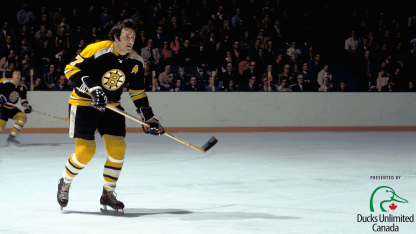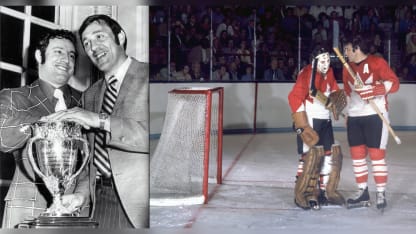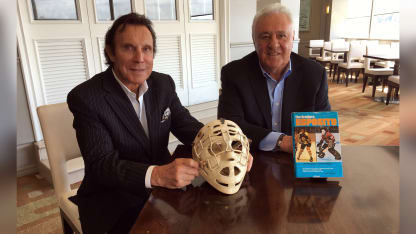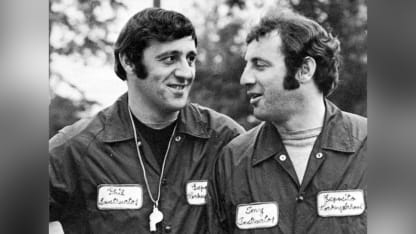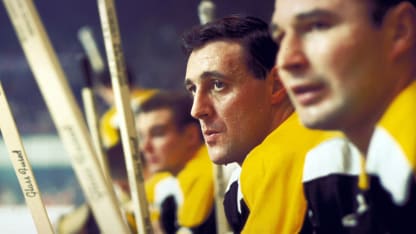The NHL and conservation non-profit Ducks Unlimited Canada are teaming up to tell stories of current and former NHL players and how access to community ponds and the outdoors helped shape their love for the sport. Today, in the first entry of this series, a look at how Phil and Tony Esposito fell in love with the game in the great outdoors:
It was indoors where Phil Esposito became one of the greatest players in hockey history. But the Boston Bruins legend began his journey into the record books on rinks without roofs, a fact he’s never forgotten.
Esposito starred in NHL arenas across North America and another in Moscow, the heart and soul of Team Canada of the historic 1972 Summit Series against a select team of Soviets.
But speak to him about the roots of his career and he’ll take you outdoors, to his boyhood’s backyard rink in Sault Ste. Marie, Ontario, to another frozen sheet near his elementary school, to one more about a half-mile from his home in a community park that in 1981 was renamed in his honor.
You can almost see the vapor of his breath when Esposito speaks nostalgically of the cold, crisp air of the Soo, as his hometown is commonly called. It was under a sprawling sky sprinkled with stars and speckled with snow that he fell in love with the game that still burns brightly in his heart.
